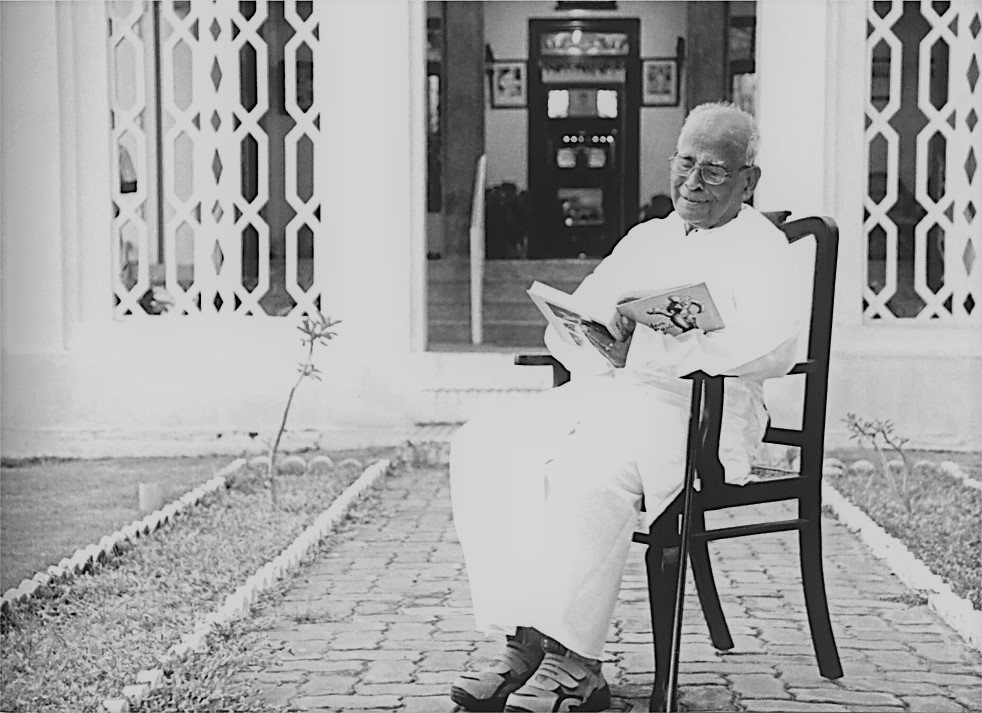Arutchelvar’s Contribution to Tamil
The research centre, which is named after the great educationist, industrialist and philanthropist N Mahalingam, stands in memory of his yeoman service to Tamil, as he took great pieces of Tamil literature to English and brought world literature of fame to Tamil through their translations. The philanthropist and the founder of various educational institutions including the KCT, Arutchelvar had also edited the Tamil monthly magazine Om Sakthi for around four decades. With his love for Tamil language and literature, the philanthropist encouraged Tamil researchers and historians and made valuable pieces of Tamil literature reach the masses by publishing them at subsidized prices.
